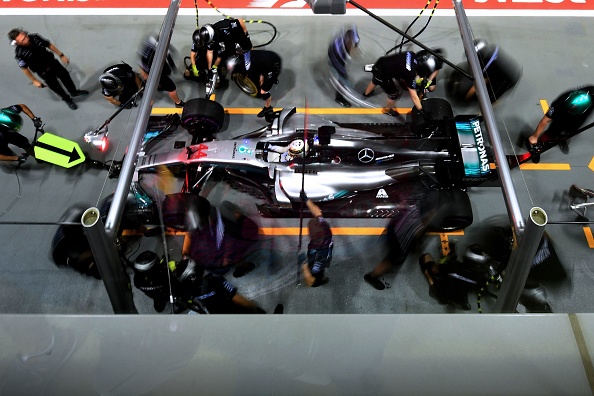The World Motorsport Council came out with the new F1 engine regulations last week, but what do they mean for the future of the sport?
The important thing to note is that the actual engines will remain very similar, as it will still be a 1.6- liter V6 engine. This means that the racing will not be affected very much by the new engines and will most likely give us the exciting racing we have grown to love in 2022. The biggest change will be the type of fuel that the engines will use. They will increase the electrical power up to 50% and use a completely sustainable fuel. This falls in line with F1’s goal of becoming 100% sustainable by the year 2030.
The updates will bring a new challenge for the drivers, as they get used to using more battery power than ever before. Also, a ban on the Motor Generator Heat Unit, which is the part that uses heat to charge the battery, there is a new opportunity for strategists to win or lose races. They will need to decide when the right time is to attack and when to charge the battery to get the full potential out of the cars.
Increased electric power alongside a sustainably fuelled V6 engine ⚡️
Read more about the new power unit regulations approved for 2026 and beyond 👇#F1https://t.co/v0pviI1WpB
— Formula 1 (@F1) August 16, 2022
Will this bring new teams to F1?
These updated regulations will help make it easier for new Engine Manufacturers to enter the sport, including the reported Porsche and Audi entries. But what does that mean for the long-rumored Andretti Autosport’s (currently racing in Formula E and IndyCar, among others) goal of joining the sport? Time will tell, but from the recent reports, it doesn’t appear to be the engine that is a barrier keeping Andretti from joining F1. Instead, the thing holding Andretti back seems to be the FIA itself (Formula 1’s governing body) and potentially other F1 teams dragging their feet.
Regardless of which teams, if any, join the field in 2026, that season could bring a new shuffle to the team order. Seeing drivers struggle with a slight lag around the last corner and potentially lose the race. Or seeing which of the current Engine Manufacturers will lose contracts to the potential new teams. The championship potentially coming down to who preserved the most battery power may sound bizarre to the F1 fans of the past, but as F1 continues to move forward, it is sure to bring excitement and action. This has the potential to bring some of the best F1 yet.
More information on the new engines can be found in this video.
READ NEXT: “F1: Daniel Ricciardo to leave McLaren, Oscar Piastri incoming?






